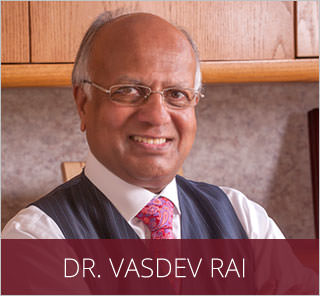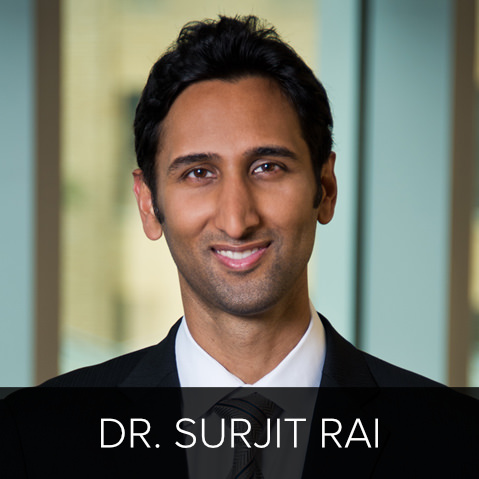The Limitations of Fat Grafting
In 2009, a task force for the American Society of Plastic Surgeons (ASPS) released the results of its detailed study of the prospect of using fat grafting for breast augmentation. Although the committee’s report was cautious, it touched off a media storm about the potential of fat grafting to replace breast implants as the primary method of breast augmentation. In addition, a number of surgeons nationwide began offering breast augmentation with fat grafting.
This becomes the third area where some plastic surgeons seek to use fat grafting to augment volume. Some surgeons also use fat grafting for buttock augmentation and as a facial filler. The appeal of the technique is undeniable: the patient is able to remove fat from an area where it is not wanted (using liposuction) and move it to a desired area. However, the reality is that fat grafting remains a technique with serious limitations, including:
- Much of the harvested fat is dead and will not survive injection
- When grafted fat dies, it leaves an uneven contour in the treated area
- The success of fat grafting is unpredictable
When grafted fat dies, the results of the procedure are damaged. Not only are the positive results reduced, but the uneven contour that can result can lead to a very unattractive appearance in the treated area, which can be especially damaging for facial fat grafting.
Even though the ASPS conditionally lifted the ban on using fat grafting for breast augmentation, the task force notes that the level of evidence supporting the procedure is generally poor, and that the calcifications and fat tissue death that sometimes occurs along with the procedure can potentially lead to false diagnosis of breast cancer or conceal actual cancers.
For these reasons, Dr. Vasdev Rai does not recommend fat grafting in his practice and encourages patients to think twice before undergoing a procedure of this type. To learn more about safe, effective plastic surgery practices please contact the Cosmetic Surgical Center today.
Dr. Vasdev Rai
 Dr. Vasdev Rai has performed more than 25,000 cosmetic surgeries over his more than 30 years in practice as a Dallas plastic surgeon. He is a board-certified plastic surgeon who was first certified by the American Board of Plastic Surgery in 1983. Learn More...
Dr. Vasdev Rai has performed more than 25,000 cosmetic surgeries over his more than 30 years in practice as a Dallas plastic surgeon. He is a board-certified plastic surgeon who was first certified by the American Board of Plastic Surgery in 1983. Learn More...
Dr. Surjit Rai
 Dr. Surjit Rai was born and raised in Plano, Texas. Being the son of a plastic surgeon, Dr. Rai had the unique opportunity to see first-hand the impact a plastic surgeon can have. He knew at a young age that he would dedicate his life and academic career towards the goal of becoming a plastic surgeon. Learn More...
Dr. Surjit Rai was born and raised in Plano, Texas. Being the son of a plastic surgeon, Dr. Rai had the unique opportunity to see first-hand the impact a plastic surgeon can have. He knew at a young age that he would dedicate his life and academic career towards the goal of becoming a plastic surgeon. Learn More...
